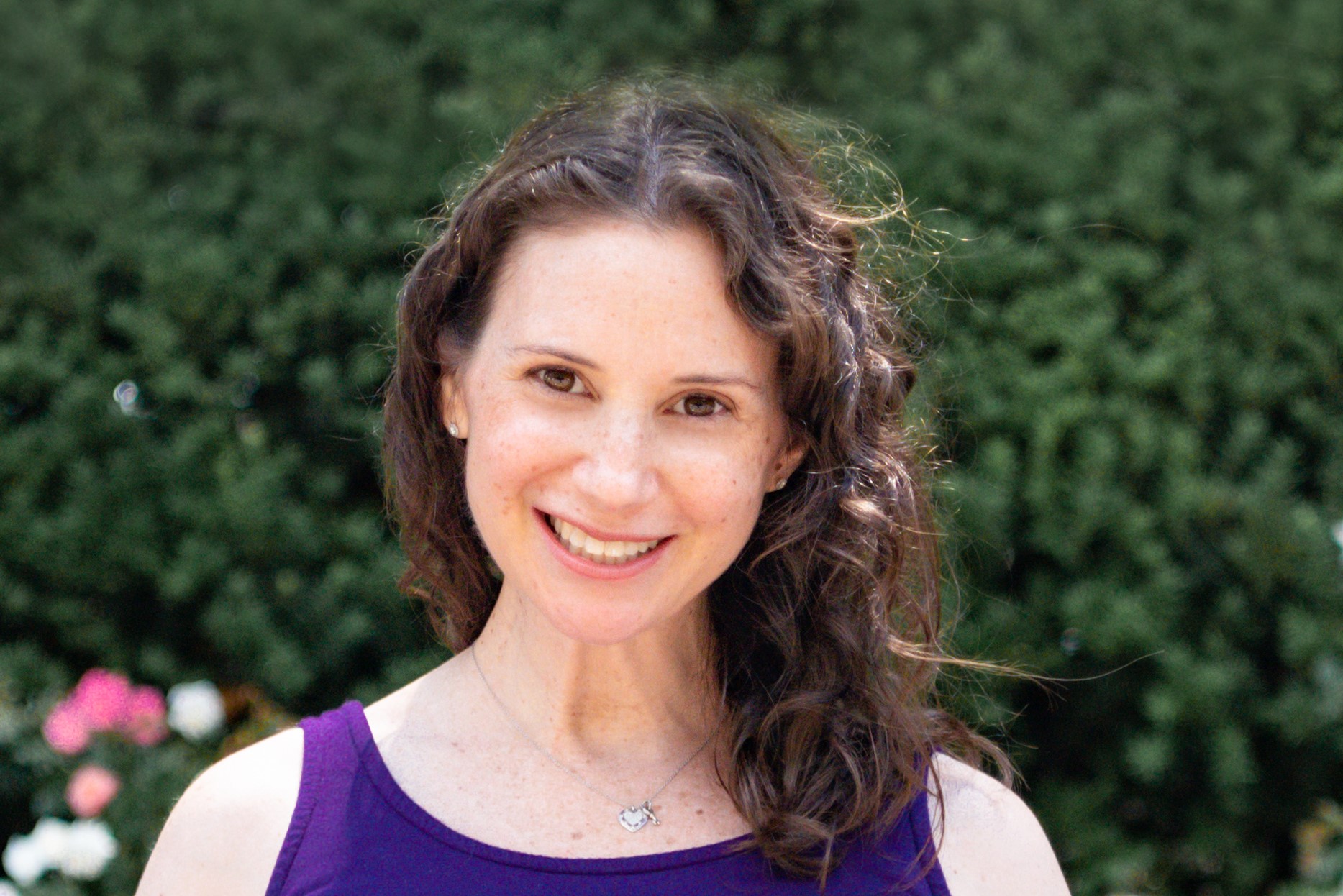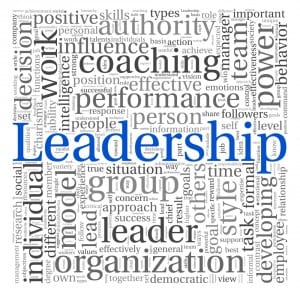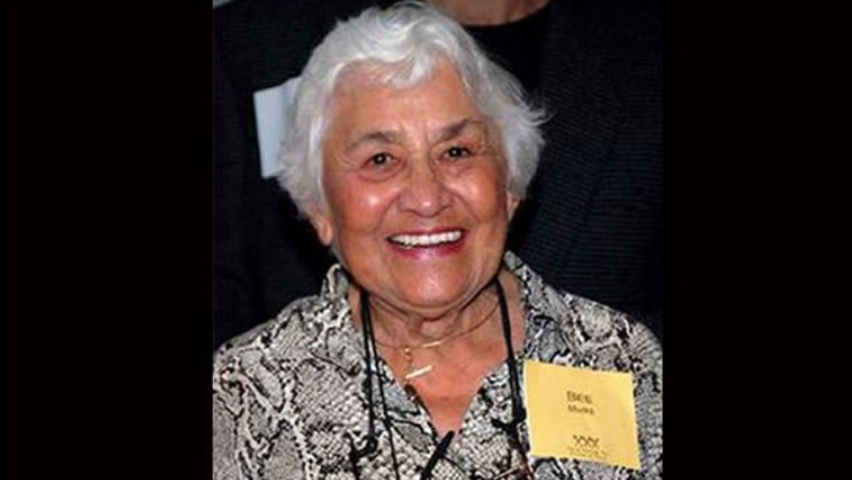This article was featured in Dimensions, a newsletter of the Dietitians in Business and Communications, a dietetic practice group of the Academy of Nutrition and Dietetics. ©2014. Used with permission.
When people ask me how I’ve accomplished so much in my career at such a young age, I first tell them to add about 10 years to how old they think I am and that will put their guess closer to my actual age (yes, I know I look young). And then I share these five lessons that I’ve learned along my professional journey, which has largely been spent providing nutrition communications counsel to food and wellness companies and commodity boards.
Build Your Community
People may call it “networking,” but I look at it through a much wider lens. Building your community is making connections without an agenda. You’re not looking for a job or exploring a potential career move. You’re surrounding yourself with people who have roles that interest you, who said something at a conference that resonated with you, whose blogs you follow or who you often retweet. They become part of your community because you are sincerely curious and want to know them. You may eventually seek their professional guidance – and they may seek yours – but for now, it’s a genuine relationship built on the foundation of intrigue and common professional interests. Before Twitter, Facebook and LinkedIn, being exposed to new professional contacts basically came down to the weekly visitors to my Careers in Nutrition class in college. Invariably, I was that girl asking a billion questions and sending follow up emails to help me understand the nutrition world. Social tools now make it easier to form and keep in touch with your community, but at the core is still the same authentic desire to make connections and learn.
Blur the Lines between Mentor and Mentee
People still mention to me that they have read the article on the DBC website that Roberta Duyff and I co-wrote over ten years ago about our experiences in the DBC mentor program. At the time, I was a few years out of my dietetic internship, getting my foot in the door, and Roberta had just published the 2nd edition of the ADA Complete Food and Nutrition Guide and was a few years away from winning the Academy’s prestigious Medallion Award. She was my mentor and I was her mentee. But our roles have constantly shifted throughout the last decade and we continue to swap the hats that we wear. It doesn’t matter how long you’ve been an RD – everyone can make their mark and inspire others, helping them achieve their professional goals. This is a unique time in the nutrition world – and our society in general – where social media has made the youngest members of our profession the experts in how to communicate and share information online, while more seasoned members may be feeling pressure to keep up. We all have so much to teach and learn from each other and we will only be able to grow our collective social footprint by working together and blurring the lines between teacher and student. I am looking forward to welcoming our 7th RD to Ketchum in June, not only because I’m thrilled to continue to grow our team but also because I have so much to learn from her.
Fake It ‘Til You Make It
An important part of being a leader is acknowledging that you may not have all of the answers, but knowing the right questions to ask. I didn’t have any public relations agency experience when I interviewed at Ketchum almost nine years ago for a Senior Account Executive position. I had worked in regulatory roles in the food industry for a few years and knew of the work that Ketchum was doing, but I didn’t have a grasp of how the agency ecosystem worked. Before my first interview, I reached out to an RD in the public relations industry to give me some background and help me piece together what I knew from my experiences so far. During the interview process, I was able to present myself as a candidate who had the nutrition expertise, strategic gut instincts and a basic understanding of the industry, and was trainable for the rest. There have been countless times throughout my time at Ketchum when I have had to stretch outside my comfort zone, but I have never been in a situation where I felt completely unprepared or out of my league. Having an awareness of what I don’t know, asking the right questions (often by tapping my own community) and gathering information allows me to venture into new areas that are important to my or my client’s success.
Own Your Expertise
I regularly find myself in client meetings that also include people from their marketing and advertising agencies. More often than not, they have no nutrition background but have more time on the agenda, bigger budgets for their assignments and seem to have more of the clients’ attention Does that stop me from correcting them if they say something untrue (typically referencing Dr. Oz) or voicing my opinion? No. And do you know why? I can talk their talk, because we’re ultimately all in the communications business, but they can’t talk mine. I am the only RD in that room and I’m there because of my expertise. I am expected to have a point of view and make sure that every strategy, every tactic, every piece of content is factually accurate and regulatory compliant. Am I intimidated at times? Of course…but I get over it. Beyonce has her “Sasha Fierce” alter ego to get her through her live performances. And I have my alter ego, “The Pintsized Powerhouse,” coined by a former colleague and mentor. It reminds me why I am there and to never be afraid to share what I’m thinking. Finding your own alter ego allows you to own your expertise in any situation, whether you’re pushing back on a colleague, presenting on a panel with a controversial topic, or taking the stage in front of millions of people at a sold out concert.
Understanding Work Styles
Two aspects of my job I find most challenging include being a manager and working with people of all different professional backgrounds and preferred workplace behaviors. The single best tool I have learned to help me navigate this is having an awareness of “Social Styles.” This is the name of a behavioral model that helps people better understand and work with others through an appreciation of their basic decision making and control preferences. There are four different Social Styles and while people exhibit all of them, there is one style that they find the most comfortable. Drivers speak assertively and prefer to control a situation. They are focused on big-picture results and are seen as being highly efficient. Expressives show their emotions and speak assertively. They enjoy sharing their ideas and perspectives openly with others. Others see them as creative, but at times unfocused. Amiables show their emotions openly and prefer to ask questions rather than give orders. Relationships, feelings and personal security are important to them. They are viewed by others as friendly and warm. Analytics control their emotions but tend to ask questions rather than give orders. They are focused on accuracy, and they act deliberately to achieve that end. Others may perceive them as slow-paced and detail-oriented. You can learn more about Social Style at http://www.tracomcorp.com/solutions/by-element/social-style/. I have a Driver preference which tends to be less common in the public relations industry, which more often attracts Expressives and Amiables. Since completing a Social Styles assessment more than 5 years ago, I have read many management articles and resources to help me learn how to flex to different styles and provide colleagues with guidance on how I prefer to work. Making an effort to understand work style preferences is an essential component to being viewed as a leader.




